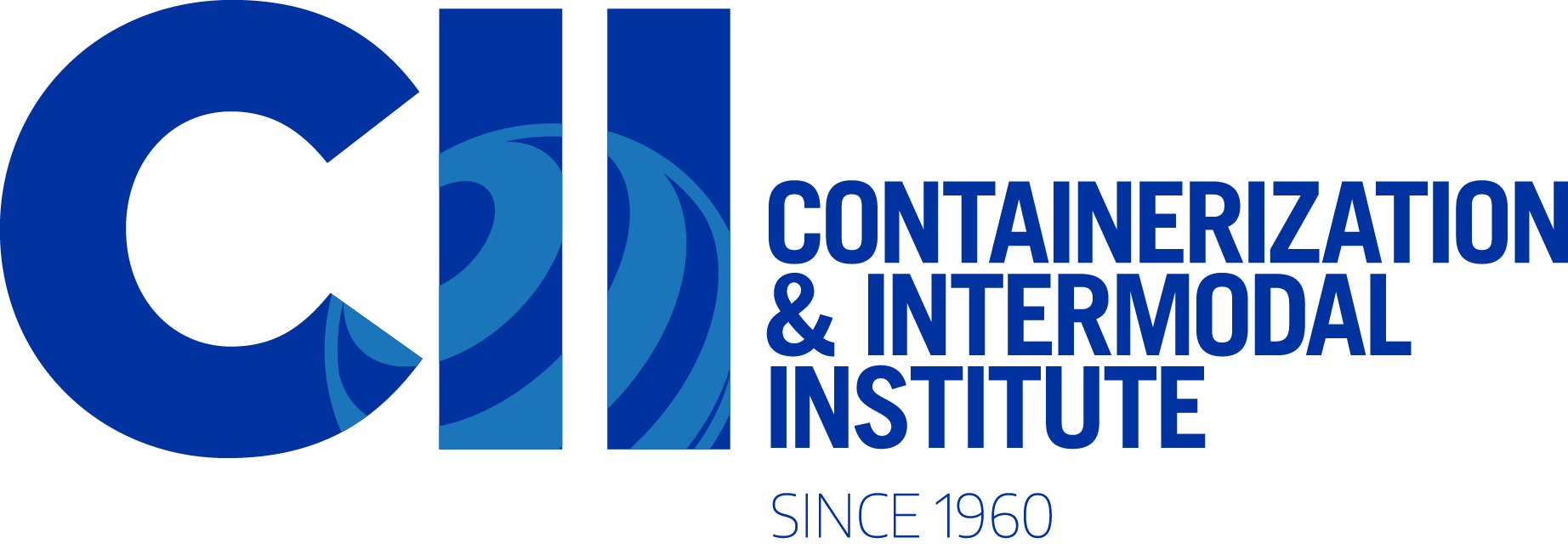The JOC 2023 Annual Review and Outlook Executive Commentary - Anil Vitarana
Anil J. Vitarana
Principal
“Ocean carriers have an obligation to invest in the development of operational efficiencies that could minimize supply chain bottlenecks.”
Although the supply chain chaos that lasted for two years has eased due to reduced US imports, the quest to avoid repetition should not stop. In my ARO 2022 comments, I advocated for greater resources to upgrade the US Maritime Administration’s (MARAD) Marine Highway Program through advancing infrastructure developments at secondary ports on both coasts and improving connectivity to the intermodal network. Despite the Department of Transportation’s (DOT) aspirations, the progress has been disappointing. President Joe Biden’s off dock container terminal plan has received mixed reviews from the industry. With funding available through MARAD’s Port Infrastructure Development Program, the plan is expected to see some, albeit limited, traction. The tepid reaction underscores the industry’s reluctance to seek long-term solutions.
Collapsible containers have been periodically touted as a solution to inadequate storage capacity and expediting the return and costs of moving empty containers. Dock labor unions and truck and rail unions have not warmed up to the idea, citing operational and safety constraints. This has not deterred New Jersey–based start up Staxxon from pursuing its project to build foldable, accordion-style containers.
With over half a trillion dollars in earnings over the past two years, ocean carriers have an obligation to invest in the development of operational efficiencies that could minimize supply chain bottlenecks. This could include (but is not limited to) investment in US truck and rail services, building off-dock terminals and depots, increasing services to secondary ports, and investing in terminal developments therein and establishing US flag operations that could offer coastal shipping services.

